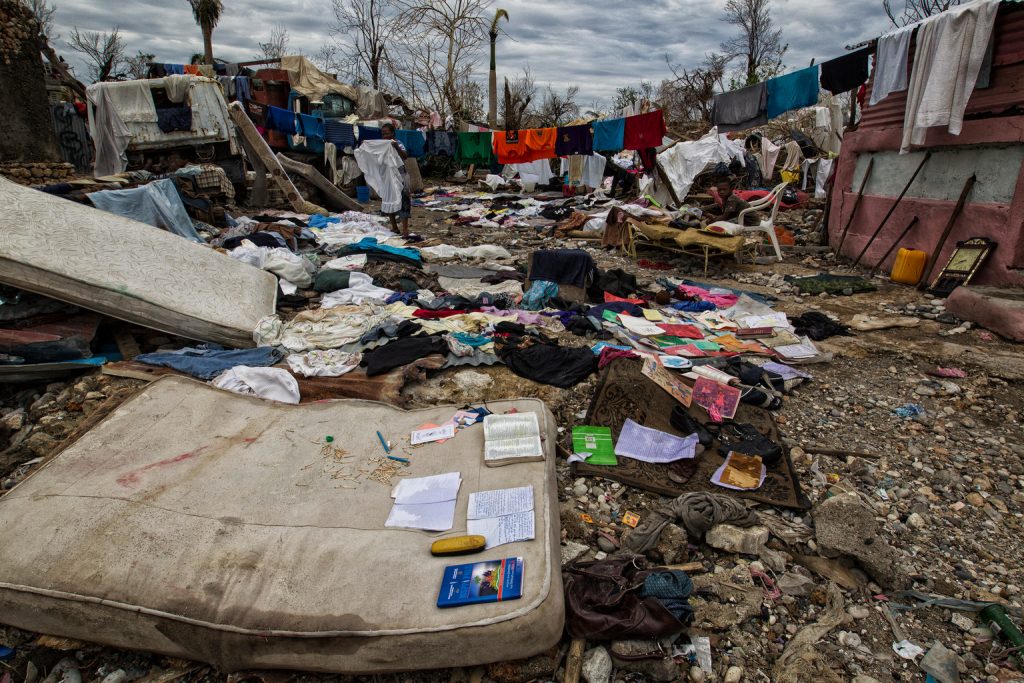The period 1996 to 2015 saw 7,056 disasters recorded worldwide by EM-DAT, the Emergency Events Database. The frequency of geophysical disasters (primarily earthquakes,including tsunamis, and volcanic eruptions) remained broadly constant throughout this period but there was a sustained rise in climate- and weather-related events (floods, storms and heatwaves in particular) which accounted for the majority of disaster deaths in most years.In total, the number of weather- and climate-related disasters more than doubled over the past forty years, accounting for 6,392 events in the 20-year period 1996-2015, up from 3,017 in 1976-1995. In 2015, the hottest year on record, almost as many people died in heatwaves as were killed in the Nepalese earthquake.
There was also a doubling of major reported droughts (32) by comparison with the annual average of 16over the decade 2006-2015.In terms of disaster mortality, EM-DAT recorded 749,000 earthquake deaths in the past 20 years, with 357,000 lives lost between 2006 and 2015, the majority in the devastating earthquake in Haiti in 2010. In the previous decade (1996-2005) earthquakes claimed 392,000 lives, a figure inflated by another mega disaster, the 2004 Indian Ocean Tsunami.Analysis of EM-DAT data shows that tsunamis were 16 times more deadly than ground movements in terms of the proportion of victims killed. That makes tsunamis (a sub-type of earthquake) the most deadly major hazard on the planet.The global plan for reducing disaster losses, the SendaiFramework for Disaster Risk Reduction, adopted by all UN member States in March 2015, sets a target for a substantial reduction in global disaster mortality; the statistics in this report point towards several major conclusions with implications for achieving this target



